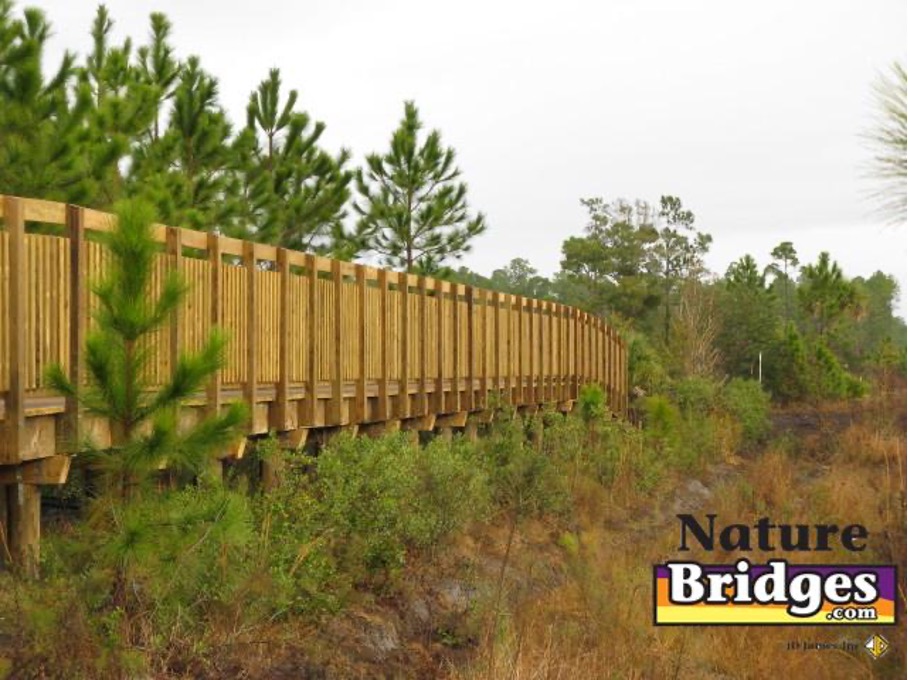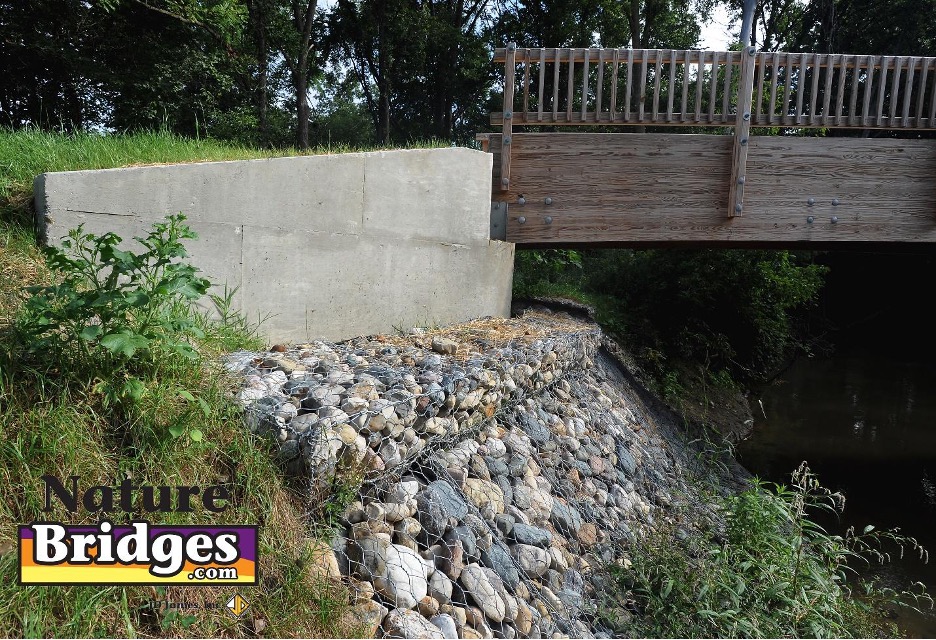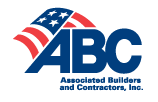
We often think of bridges and retaining walls as necessities to help our infrastructure. With thoughtful design, however, these structures can play a significant role in habitat protection and wildlife conservation. A bridge can be harmoniously integrated into the natural environment, supporting ecological balance and encouraging biodiversity.
Wildlife-Centered Design
The design and placement of bridges can impact local animals and their habitats, sometimes significantly. When a ecologically-minded bridge designer incorporates wildlife crossings at strategic locations, bridges can provide safe passage for animals, which helps reduce wildlife-vehicle collisions and maintains ecosystem connectivity. These design elements, sometimes called green corridors, often include underpasses or overpasses specifically for wildlife and allow for uninterrupted migration and movement across otherwise fragmented landscapes.
Eco-Friendly Materials
The material used in bridge construction affects the surrounding environment. When bridge construction companies use eco-friendly, sustainable materials, they reduce the environmental footprint and prevent toxic substances from leaching into nearby ecosystems. Natural or recycled materials can also blend more seamlessly with the area, minimizing any negative visual and physical impacts on the landscape.
Retaining Walls – Erosion Control and Enhancing the Habitat

Retaining walls are a great way to prevent soil erosion, but they can also be designed to support local wildlife. For example, incorporating native stones and plants into the retaining wall can help create microhabitats for small animals and insects.
Other natural landscape features added into bridge and retaining wall designs can enhance their environmental value in other ways. Features like water flow designs that mimic natural streams can support aquatic life. Plant ledges and nesting sites can be included around the structure, providing habitats for a variety of species.
Ongoing Monitoring and Maintenance
Bridges, retaining walls, and other structures need special consideration during the design and construction phase. This helps lessen the impact on the environment and even enhance the habitat. But, ongoing monitoring and maintenance are crucial to ensure that they continue to function as intended without disrupting the ecosystem. Regular checks can keep bridges, boardwalks, retaining walls, and more in good condition, but they can also offer insights into how effectively they contribute to wildlife conservation. These thoughtful checks can lead to better designs in future projects.
Innovative design and conscientious construction practices can help bridges and retaining walls connect places and people and more – these practices connect and protect ecosystems. Structures that are built with a commitment to ecological stewardship mitigate their environmental impact as well as actively contribute to wildlife conservation and preservation. As we continue to develop and improve our infrastructure, it’s important to prioritize designs that respect and enhance the natural world. For more information on how to integrate conservation-focused designs into your next project, contact Nature Bridges. Let us help you build structures that harmonize with – and strengthen – nature.


P.O. Box 516
Monticello, FL 32345
Office Closed: We will be closed for the holidays December 23-30, 2024
Phone: (850) 997-8585 Fax: (850) 385-3493
estimating@naturebridges.com